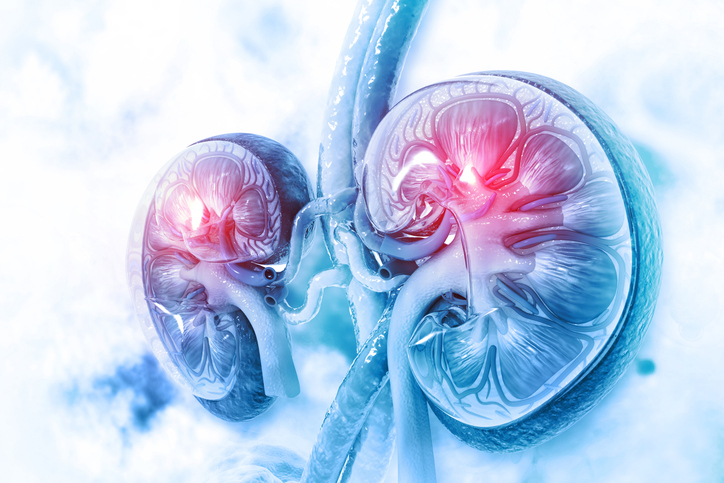Renal tumour pathology has evolved significantly, expanding from a classification of just two main types of malignant renal tumours to encompass over 20 distinct entities. Diagnostic methodologies have progressed beyond morphological assessment to include histochemistry, immunohistochemistry (IHC), and molecular genetics. These advancements have been driven by collaborative efforts between the World Health Organization (WHO) and the International Society of Urologic Pathology (ISUP), resulting in a comprehensive framework crucial for accurate diagnosis, effective treatment, and enhanced patient outcomes.
The introduction of new molecular data and therapeutic strategies has transformed the landscape of renal tumour pathology. The 2022 WHO classification of kidney epithelial tumours represents a significant update from its 2016 predecessor, highlighting critical revisions and diagnostic advancements in the field. This comprehensive review explores the rationale behind these updates and elucidates the essential changes in the classification of kidney epithelial tumours.
Despite the emergence of molecular techniques, traditional morphological and cytological features remain fundamental in classifying renal tumours. The 2022 WHO classification maintains a balanced approach by prioritising morphological criteria while integrating molecular genetic information to refine diagnostic accuracy. This dual strategy ensures that traditional and contemporary diagnostic tools are employed, offering a holistic understanding of renal tumour pathology.
The restructured 2022 classification hierarchically organises renal epithelial tumours, beginning with benign tumours followed by malignant counterparts. This systematic approach aligns with a unified framework across all WHO Blue Books, facilitating a streamlined diagnostic process and enhancing clarity in tumour classification. Tumours are categorically defined based on their distinct morphological and cytological characteristics, including clear cell renal tumours, papillary renal tumours, oncocytic and chromophobe renal tumours, collecting duct tumours, other renal tumours, and molecularly defined renal carcinomas.
Significant modifications have been implemented in the classification of established renal tumours. Papillary Renal Cell Carcinoma (PRCC) no longer distinguishes between type 1 and type 2 subtypes, consolidating them under the umbrella of classic PRCC. This adjustment addresses overlapping features and biological behaviours, simplifying diagnostic practices. Clear Cell Papillary Renal Cell Tumors (CCPRCT), previously identified as clear cell PRCC, have been renamed to reflect their consistently indolent nature, differentiating them from more aggressive counterparts and ensuring appropriate clinical management.
Chromophobe Renal Cell Carcinoma (ChRCC) has been refined to acknowledge non-conventional morphologies. It introduces a category for “other oncocytic tumors” exhibiting mixed features, thereby enhancing diagnostic accuracy and treatment planning. RCC-Not Otherwise Specified (RCC-NOS) replaces RCC-Unclassified for tumours that defy categorisation elsewhere, reflecting a more precise approach to classifying renal tumours. A novel category for molecularly defined tumours has been established, incorporating specific genetic alterations such as TFE3-rearranged RCCs, TFEB-altered RCCs, and ELOC-mutated RCCs. These entities necessitate molecular testing for definitive diagnosis, underscoring the integration of molecular genetics into contemporary pathology practices.
The 2022 WHO classification holds profound clinical and diagnostic implications by seamlessly integrating molecular data with conventional histopathological criteria. This integration facilitates accurate prognostication and enables tailored therapeutic strategies, thereby enhancing patient outcomes. The updated classification underscores the imperative for pathologists and clinicians to remain abreast of advancements in molecular diagnostics and their clinical implications.
More information: Muhammed Mubarak et al, Updates from the 2022 WHO Classification of Kidney Epithelial Tumors, Journal of Clinical and Translational Pathology. DOI: 10.14218/JCTP.2024.00002
Journal information: Journal of Clinical and Translational Pathology Provided by Xia & He Publishing Inc.








